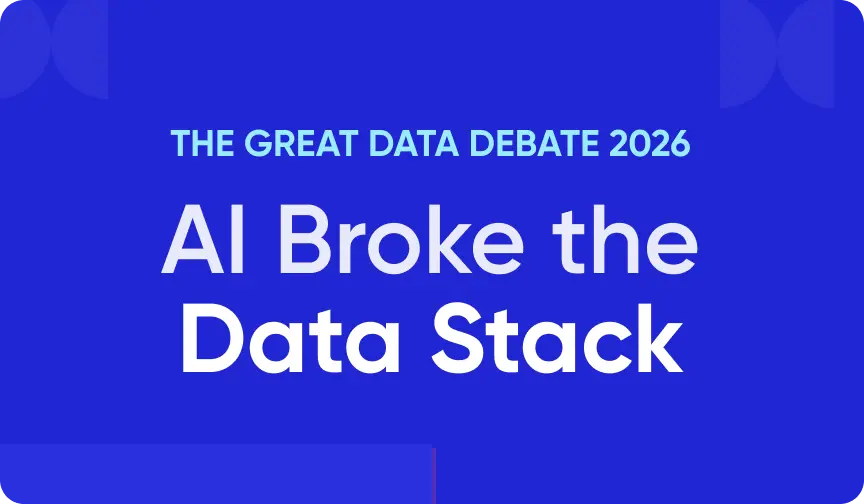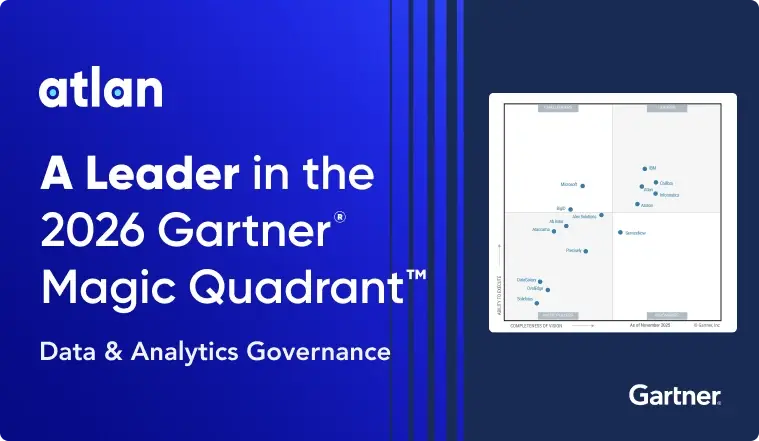What Is Database Management in GIS?
Share this article
Database Management in GIS (Geographic Information Systems) refers to the organized handling, storage, and retrieval of spatial data. It plays a crucial role in ensuring geographic data—such as maps, coordinates, and attributes—is structured for effective analysis, visualization, and decision-making.
See How Atlan Simplifies Data Governance – Start Product Tour
This process involves managing large datasets, applying data models, maintaining data integrity, and optimizing performance for querying geographic features. In GIS, databases store various types of spatial data (e.g., roads, rivers) and link them with non-spatial attributes (e.g., names, statistics). Effective database management ensures high data quality, easy access, and seamless integration of spatial and non-spatial information.
Why is database management important for GIS?
Permalink to “Why is database management important for GIS?”Database management is essential for GIS (Geographic Information Systems) as it ensures that vast amounts of spatial and non-spatial data are accurately stored, organized, and easily accessible.
This enables GIS professionals to:
- Maintain Data Integrity: Accurate, up-to-date data is critical for reliable geographic analysis, minimizing errors in mapping, environmental studies, or urban planning.
- Enable Efficient Data Retrieval: Well-managed databases provide quick access to spatial data, speeding up decision-making, especially in time-sensitive scenarios like disaster management or real-time traffic monitoring.
- Support Complex Queries and Analysis: GIS systems often handle large datasets requiring complex operations (e.g., finding the nearest water source). Effective database management ensures these queries are processed efficiently.
- Facilitate Collaboration: A centralized, well-maintained GIS database allows teams to access and share data seamlessly, improving collaboration across departments like urban planning, environmental agencies, and public safety.
Ultimately, database management in GIS ensures spatial data is accurate, reliable, and readily available to inform decision-making across various industries.
Dig deeper
Permalink to “Dig deeper”Here are some valuable resources to help you learn more about database management in GIS, along with their respective links:
1. Books
Permalink to “1. Books”- “Geographic Information Systems and Science” by Paul A. Longley et al. - Available on Amazon
- “GIS Fundamentals: A First Text on Geographic Information Systems” by Paul Bolstad - Available on Amazon
- “Designing Geodatabases for Transportation” by J. Allison Butler - Available on Amazon
2. Online Courses and Tutorials
Permalink to “2. Online Courses and Tutorials”- Coursera’s “Fundamentals of GIS” by UC Davis - Coursera Course Link
3. Journals
Permalink to “3. Journals”- “International Journal of Geographical Information Science” - Taylor & Francis Journal Page
4. Websites
Permalink to “4. Websites”Share this article





















